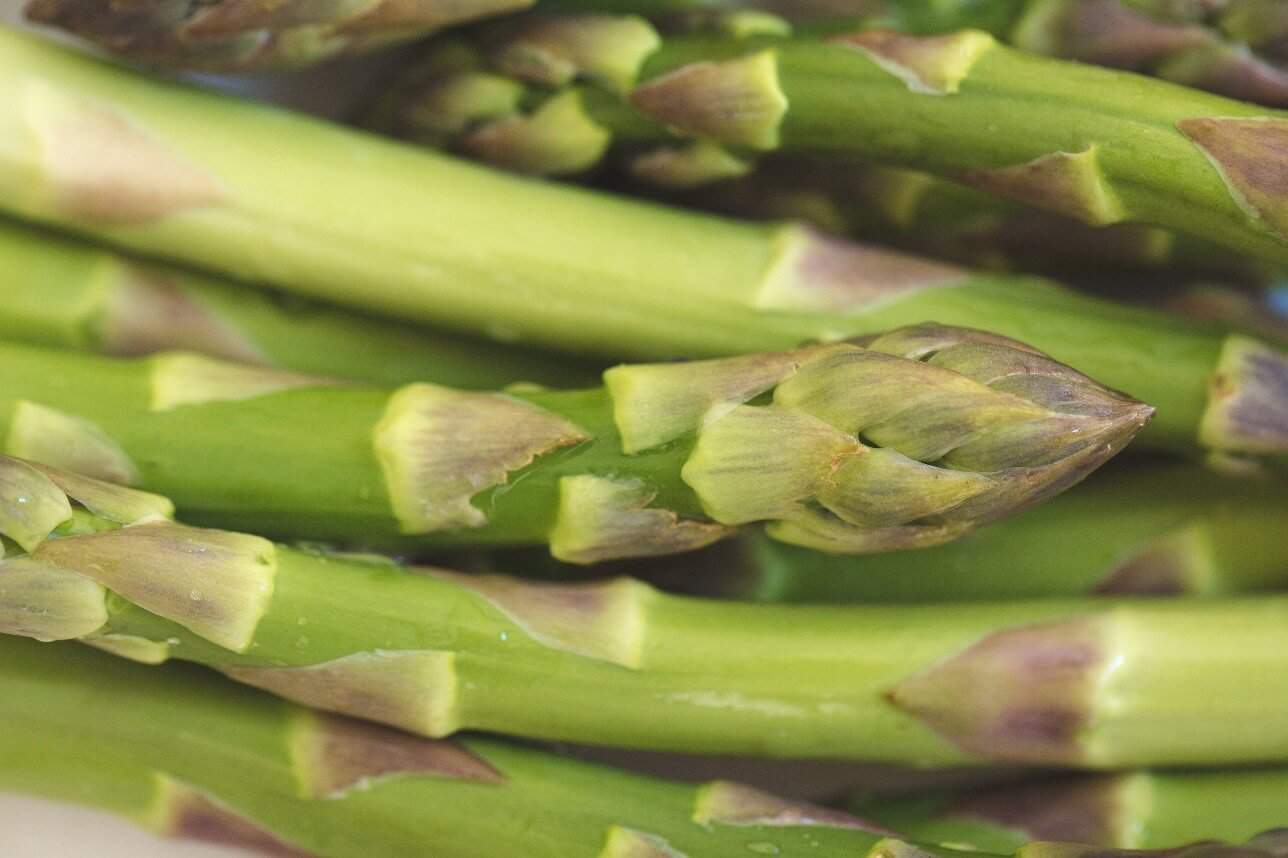Contents

Garden asparagus is a perennial plant. Once it starts to produce, you can enjoy it for as much as 25 to 30 years. To ensure it matures and starts to produce bountifully, you need to provide it with some ideal conditions during the early stages of its growth. Choosing to grow asparagus in a raised seedbed instead of a container allows you to provide controlled growing conditions. Most often, Asparagus barely survives past the early stages of its growth because it has shallow roots and has to compete with weeds. A raised seedbed provides the asparagus with undisturbed growth till it matures.
With the right knowledge, anyone can grow asparagus in raised seedbeds by themselves but first, let’s discuss the basics.
Asparagus Basics
Description: Asparagus is a rather tall succulent plant. It can grow up to 60 in. (150 cm). It has leaves that grow in clusters.
Growth Rate: Asparagus is a slow-growing plant. Hence, why they are usually grown from cuttings instead of seeds.
Sunlight: Partial to full exposure to sunlight is perfect for their growth.
Planting Season: Asparagus is best planted during late March or early April.
Planting Soil: Any fertile, well-drained soils because soils will do because of their shallow roots.
Method of Propagation: Asparagus is easily propagated through its seeds or cuttings from its crown.
Harvest Period: They are harvested after 2 to 3 years of planting.
Ideal planting pH levels: They grow in soils with pH ranging between 6.5 and 7.0.
USDA Hardiness Zones: They are versatile as they grow in zones 4, 5, 6, 7, 8, and 9.
Planting Asparagus in a Raised Seedbed
Seeing as asparagus always tastes better when it is freshly harvested, you may want to try planting some. To plant asparagus in raised seedbeds, you must:

Prepare the Seedbed
To do this, first, create a trench that is about 18 inches deep. This depth is dependent on the variety of asparagus that you have. In the past, 18-inch depth was the standard depth for planting asparagus. However, more recent varieties of asparagus can thrive at depths as low as 6 inches. The modern strains require depths ranging between 6 and 12 inches. Since you will be growing asparagus in a raised seedbed, you don’t need to do any digging. Fill up the seedbed with soil and compost, creating a rich bed for asparagus to grow. Then check for and remove any weed or plant that can compete with it.
Planting the Asparagus
Ensure that you supply the seeds with all the necessary nutrients to ensure successful growth. Phosphorus helps in the growth and formation of roots, so you may want to add this. Since the roots are established early, you should ensure you add this at the appropriate time to guarantee success. Seeing as phosphorus doesn’t move easily through the soil like other nutrients, it should be added early on.
Mix the soil with compost and fertilizer, creating a nutrient-rich environment for the plant to grow. Then, you create mounds that will serve as planting spots for the asparagus seeds maintaining an 18-inch interval between each mound. These mounds aren’t necessary as you can plant the seeds directly into the soil.
Maintenance of Asparagus
Watering: You need to ensure that the soil is constantly moist. Be careful not to drown the plant as this will leave it exposed to fungal infections. The right amount of water will ensure that the stalks aren’t too thin.
Adding soil: As the asparagus begins to grow and shoots emerge, add more soil to match up with the growth. Always ensure that the tip of the plant is always above the ground to ensure you don’t bury it, depriving it of sunlight. Continue adding soil as the asparagus continues to grow until the raised seedbed is full. At this point, you can stop adding soil and let the asparagus continue to grow on its own.
Mulching: Mulching helps prevent the growth of weed. You should also routinely check for weed growth and eliminate them where present. Take care when you do this so as not to disturb or dislodge the already established roots of the asparagus.
Harvesting Asparagus
Once the growth is complete, then comes the harvest. For the best yield, it is advised to harvest after 2 or 3 years. Harvestable growth may be noticed from the first year, and if it proves too tempting, you can harvest a few spears of each plant. After this, allow the plant to continue growing without harvesting it any further. If you harvest too much from the plant, then you risk damaging future harvests. Asparagus is usually harvested around the tail end of spring. During the fall, the plants will begin yellowing, at which point, you should cut them off to allow for new growth. In preparation for a new harvest, you should always check for weeds and keep the soil moist.
Ways to ensure a better harvest
After following the necessary steps, you can still ensure you get a greater harvest in the next season. Depending on your intent, you can plant some other crops alongside asparagus to improve the harvest quality or quantity.
For pests: In the case of pests, cutting off yellowing fronds can help keep off asparagus beetle. You can also attain the same effect by planting some crops alongside your asparagus. Some of the notable plants to help achieve this include; Marigolds, Parsley, Petunias, and Tomatoes. All these plants are known to have a repellant effect on the asparagus beetle.
Want to know more about gardening ?
Fill in your email address in the form below and you'll receive all the latest updates directly in your in-box.
Thank you for subscribing.
Something went wrong.